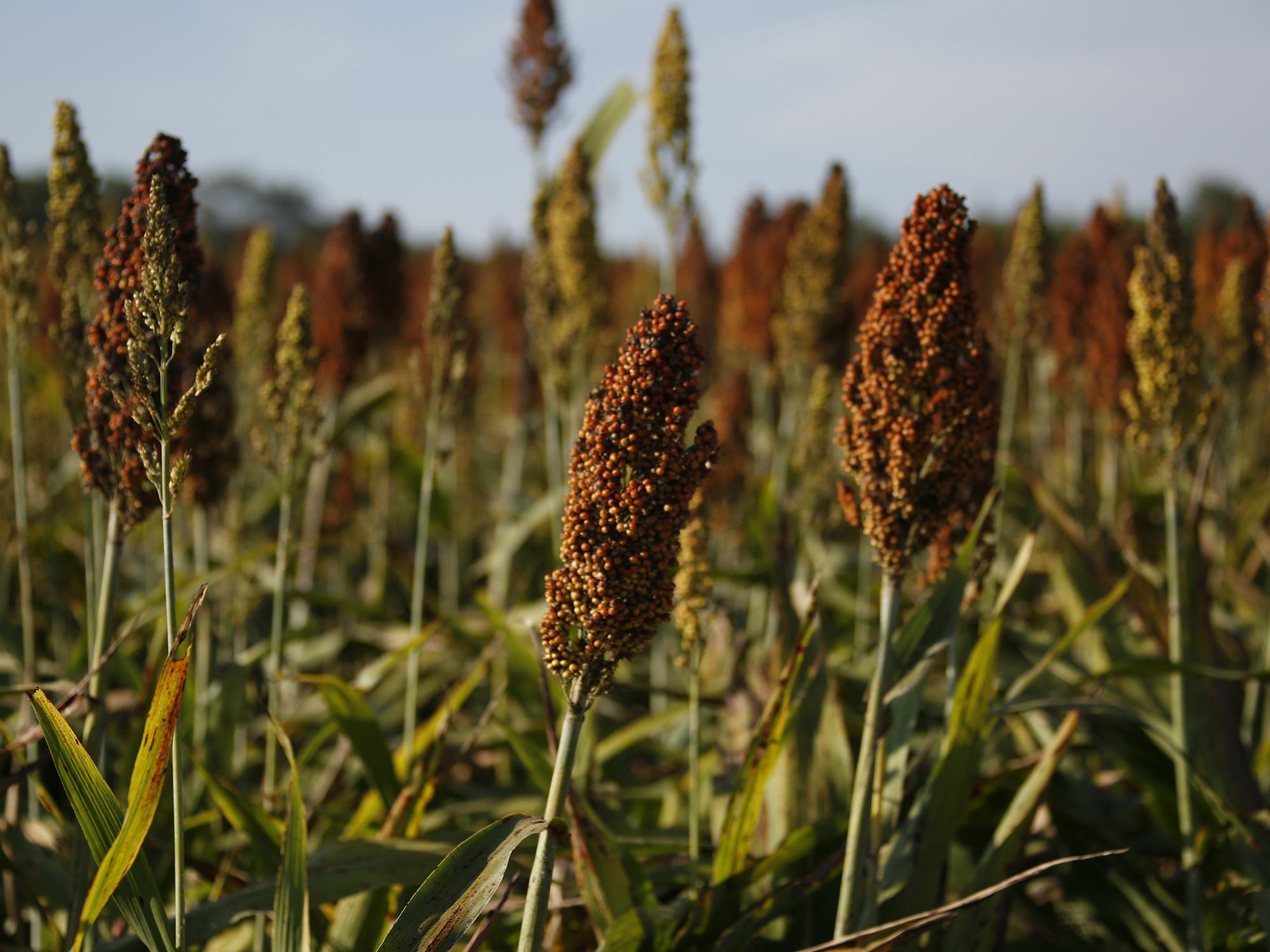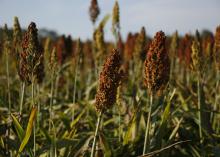Information Possibly Outdated
The information presented on this page was originally released on September 22, 2017. It may not be outdated, but please search our site for more current information. If you plan to quote or reference this information in a publication, please check with the Extension specialist or author before proceeding.
Sorghum yields shine; acreage and prices sag
STARKVILLE, Miss. -- Mississippi’s grain sorghum acreage is at an historic low, and market prices are not much better, but yields should be good.
Erick Larson, grain crops specialist with the Mississippi State University Extension Service, said that when market incentives went away after 2015, so did farmers’ desire to plant grain sorghum, also known as milo. State growers may have planted 10,000 acres this year, the fewest since record keeping began in 1929.
“Sorghum price is close to or similar to corn, except sorghum’s yield potential is well less than corn, except when drought stress is considerable,” Larson said. “Yields this year ought to be good, near the 89 bushels per acre level, and mirror what we are seeing in corn.”
Larson said sorghum can be a good option if farmers experience planting delays. They may choose it as a rotational crop with soybeans and cotton. Weed management could have been one reason to rotate it into fields this year to help combat glyphosate-resistant weeds.
“Sorghum is a tough, dryland crop that does well in dry conditions, but that wasn’t an issue this year,” he said. “The biggest complicating factor this year was rain the first weeks of August that may have caused some kernel sprouting. Sorghum seeds are small and exposed and often sprout if mature grain is exposed to prolonged rainy, humid weather before harvest.”
Extension entomologist Angus Catchot said growers have become accustomed to battling sugarcane aphids in grain sorghum, but that does not make it easy.
“Anywhere we had sorghum, we had aphids. We are understanding them better now and know how to deal with them,” Catchot said. “There is no question, left uncontrolled, sugarcane aphids can be catastrophic. They are going to be deep in the leaf canopy, so coverage is a challenge. Growers have to scout regularly for aphids specifically. Spraying for other pests, like sorghum midge, can hurt beneficial insects and cause aphid populations to spike.”
Catchot said farmers have learned a lot since sugarcane aphids arrived in 2013, but there is still much to learn.
“Growers have become accustomed to spraying several times to control the aphids, but they have to stay on top of them,” he said.
Still, Catchot said aphids are not the biggest challenge. That would be the market.
“Don’t expect acreage to bounce back unless there are some significant market incentives,” he said.
Extension agricultural economist Brian Williams said sorghum prices have not changed much in the past year, and cash prices are running about $3.05 per bushel.
“Prices were a little better a couple years ago when China was importing more sorghum from the U.S., and prices were actually better than corn at that time,” Williams said.
“We already have extremely low acreage, but really no incentive to expand,” he said. “I anticipate our acreage to stay steady to slightly lower. Any change will be small and market driven.”










